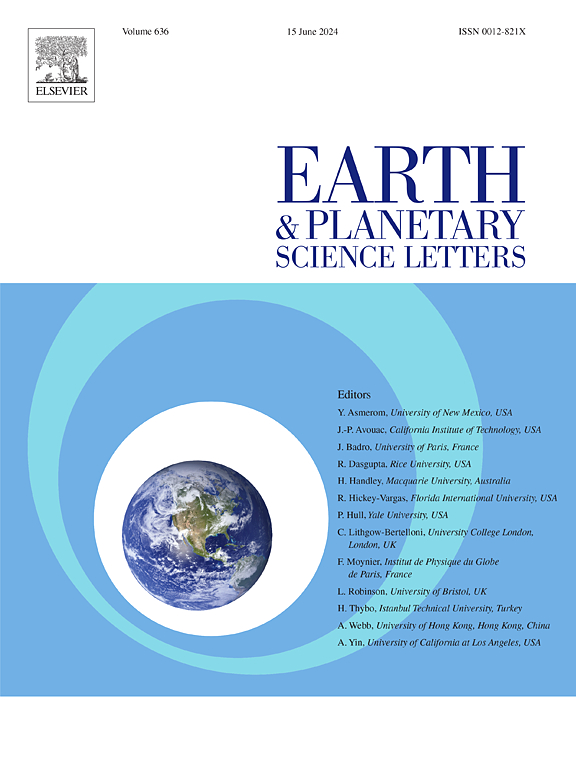Surface airflow patterns at a barchan dune field in Hellespontus Montes, Mars
IF 4.8
1区 地球科学
Q1 GEOCHEMISTRY & GEOPHYSICS
引用次数: 0
Abstract
Mobile barchan dunes are well-developed in a crater in the Hellespontus Montes region on Mars. Previous studies of their temporal evolution show that the barchans maintain their shape and migrate in a uniform pattern. Whereas barchans are typically associated with unidirectional wind regimes, the crater experiences seasonal changes in wind regime, driven by large-scale circulation patterns. Using a multi-scale modelling approach we demonstrate that the effect of upwind mesas are minimal to steering regional wind conditions, beyond the extent of the mesas themselves which limits the effect on the development and maintenance of barchan dunes further downwind. The results of high resolution CFD modelling showed individual barchan dunes had the capability to locally steer oblique wind flows along the orientation of the barchan dunes. We hypothesise that this ability of barchan dunes to ‘steer’ near surface local wind flows, combined with the uni-directional source of sediment at the site allows barchan morphology to persist in Hellespontus Montes, despite being subject to a range of incident wind directions.
火星helespontus Montes的barchan沙丘的地表气流模式
移动barchan沙丘在火星helespontus Montes地区的一个陨石坑中发育良好。先前对它们的时间进化的研究表明,这些barchans保持了它们的形状,并以统一的模式迁移。虽然火山口通常与单向风有关,但在大尺度环流模式的驱动下,火山口经历了风的季节性变化。利用多尺度建模方法,我们证明了逆风台地对控制区域风条件的影响是最小的,超出了台地本身的范围,这限制了对下游barchan沙丘的发展和维持的影响。高分辨率CFD模拟结果表明,单个barchan沙丘具有局部引导沿barchan沙丘方向的斜风向的能力。我们假设,尽管受到一系列入射风向的影响,但barchan沙丘“引导”近地表局部气流的能力,加上该地点的单向沉积物来源,使得barchan形态在helespontus Montes持续存在。
本文章由计算机程序翻译,如有差异,请以英文原文为准。
求助全文
约1分钟内获得全文
求助全文
来源期刊

Earth and Planetary Science Letters
地学-地球化学与地球物理
CiteScore
10.30
自引率
5.70%
发文量
475
审稿时长
2.8 months
期刊介绍:
Earth and Planetary Science Letters (EPSL) is a leading journal for researchers across the entire Earth and planetary sciences community. It publishes concise, exciting, high-impact articles ("Letters") of broad interest. Its focus is on physical and chemical processes, the evolution and general properties of the Earth and planets - from their deep interiors to their atmospheres. EPSL also includes a Frontiers section, featuring invited high-profile synthesis articles by leading experts on timely topics to bring cutting-edge research to the wider community.
 求助内容:
求助内容: 应助结果提醒方式:
应助结果提醒方式:


